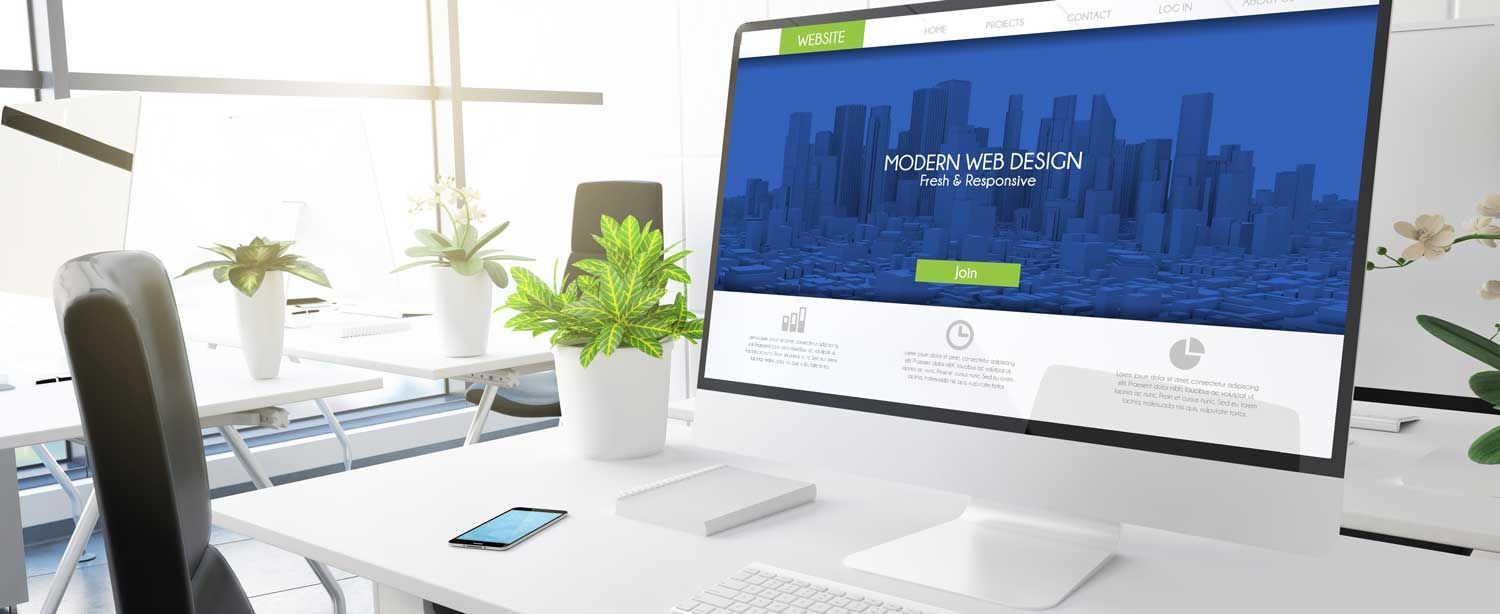CONVERTING NEW PATIENTS OR CLIENTS MONTHLY
Modern Web Design

REAL RESULTS... 40% MORE LEADS PER MONTH
What Is Important in Web Design for 2026
Web design in 2026 demands a blend of cutting-edge technology, user-centric experiences, and ethical, sustainable practices to drive measurable business growth. Companies that adapt to AI-driven personalization, mobile-first performance, proactive accessibility, immersive interfaces, and green design will outperform competitors in engagement, conversions, and brand trust. This guide maps out the key trends—AI transformation, mobile-first & fast-first design, inclusive accessibility, 3D/AR/voice experiences, sustainable ethics, and conversion-focused UI/UX—and shows how BizImage Advertising’s custom web solutions empower small to mid-sized businesses to thrive online.
Unlock the Power of AI Marketing
Why Are Web Design Trends in 2026 Critical for Business Success?
Emerging web design trends for 2026 shape how audiences engage, trust, and convert on your site. Adopting these innovations ensures your brand remains relevant, competitive, and optimized for search engines, leading to long-term growth. For example, a site that leverages AI personalization can boost conversion rates by up to 40 percent, directly impacting revenue.
The Impact of AI Personalization on Web Engagement and Conversions
Research indicates that AI-powered dynamic website content can increase user engagement by 40%. Furthermore, hyper-personalized content generated by AI has been shown to boost conversion rates by up to 30% by tailoring experiences to individual user preferences and behaviors.
ENGAGEMENT, TRUST, and CONVERSION
A site that leverages AI personalization can boost conversion rates by :
40%
MORE LEADS PER MONTH
30%
MORE CONVERSION
MODERN WEB DESIGN FOR THE FUTURE
How Are User Expectations Shaping Web Design in 2026?
User expectations in 2026 revolve around instant relevance, seamless interactions, and meaningful experiences across devices. Personalization, intuitive navigation, and accessibility features have become table stakes. As audiences demand faster load times and tailored content, businesses must architect sites that adapt in real time to behavior and preferences, forging deeper connections and reducing bounce rates.
These metrics reveal that strategic design choices directly boost conversions, engagement, and trust, creating a virtuous cycle of business growth and audience satisfaction.
New Paragraph
What Role Does Technology Play in Modern Web Design?
Technology drives every aspect of today’s web—from AI engines that analyze user journeys to frameworks that ensure pixel-perfect responsive layouts. Automated testing tools accelerate development, while headless CMS architectures deliver content at lightning speed. By integrating progressive web apps, server-side rendering, and cloud-based CDNs, businesses secure a reliable, performant foundation that scales with traffic surges and evolving consumer needs.
Which Business Metrics Are Impacted by Web Design Trends?
- AI-Driven Personalization
- +40% conversion lift
- Dynamic product recommendations
- Mobile-First & Fast-First
- –50% bounce rate
-
- Adaptive image optimization
- Just to name a few!
How Will AI Transform Web Design in 2026?
AI in web design automates content adaptation, predicts user needs, and delivers hyper-personalized experiences that drive engagement. By analyzing real-time behavior, AI configures layouts, headlines, and calls-to-action based on individual preferences, ensuring every visitor sees the most relevant information from the first page load.
What Is AI-Driven Personalization and How Does It Enhance UX?
AI-driven personalization analyzes user data—such as location, past behavior, and session context—to tailor content dynamically. It enhances UX by:
- Adapting product recommendations to individual interests in real time.
- Tailoring landing pages based on referral source, increasing relevance.
This model fosters deeper engagement, shorter decision cycles, and higher conversion rates by delivering the right message at the right moment.
How Can Conversion-Focused UI/UX Design Drive Business Growth in 2026?
Conversion-focused UI/UX unites persuasive design principles with data-driven insights to guide visitors smoothly from discovery to action. By optimizing every touchpoint—micro-interactions, navigation, and A/B testing—you maximize engagement, leads, and sales.








